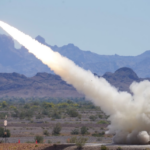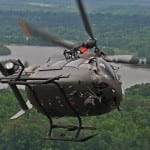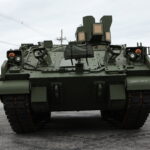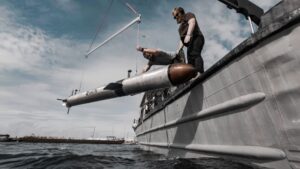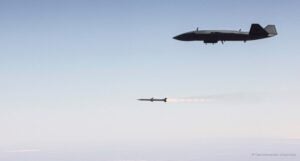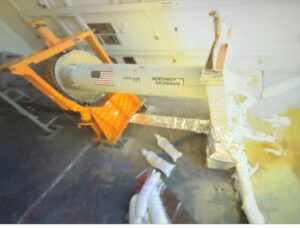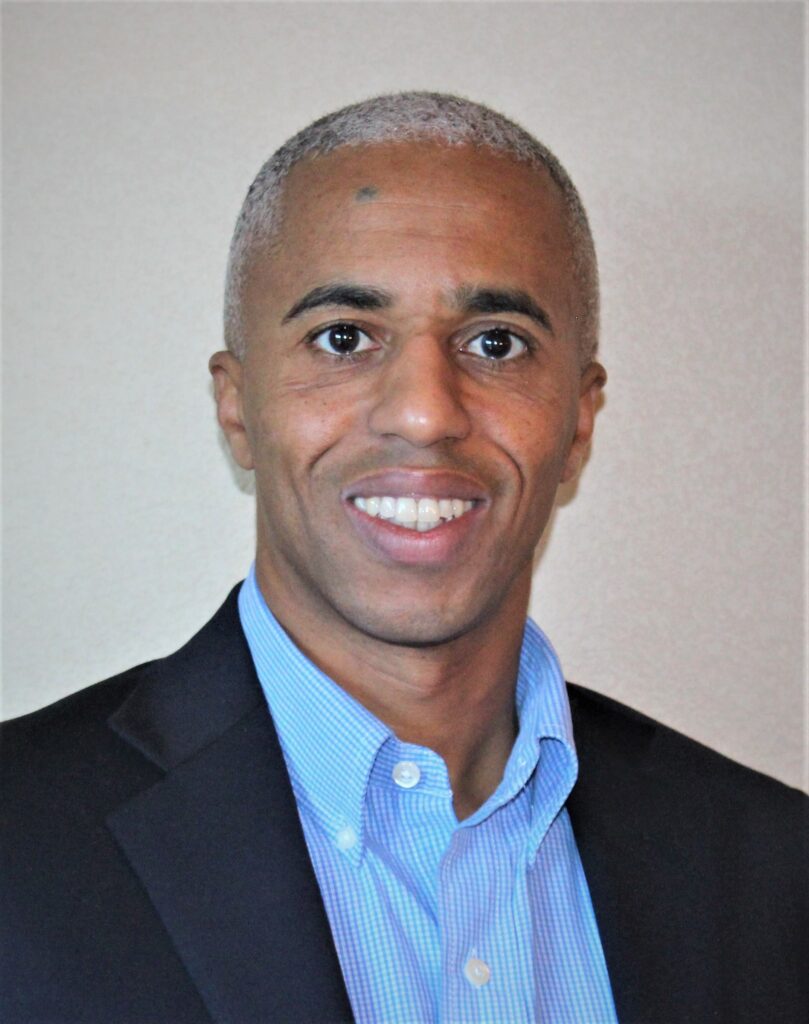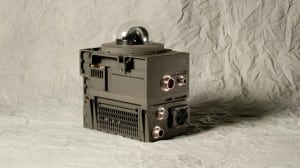
NASHUA, N.H.--BAE Systems is able to continually refine and improve its infrared countermeasures products to keep military aircraft protected and survivable in great part by the data coming from its Dr. John R. Kreick Infrared Jamming and Simulation Lab here. BAE Systems' CIRCM The lab is where the company learns all about a foreign air-to-air or air-to-ground infrared (IR) guided missile. “We learn how they work and how to break them,” said Paul Squires, senior Principle Physicist-Jam Lab, during a…

 By
By 